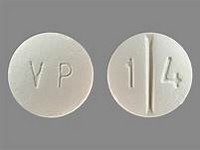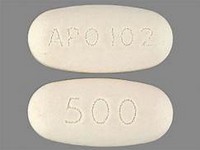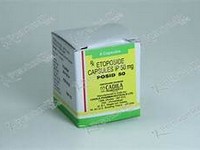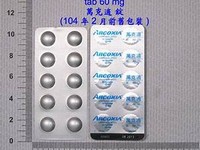pentoxifylline
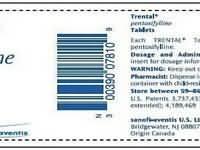
CLINICAL USE
Peripheral vascular disease Venous leg ulcers (unlicensed indication)DOSE IN NORMAL RENAL FUNCTION
400 mg 2 to 3 times dailyPHARMACOKINETICS
DOSE IN RENAL IMPAIRMENT
GFR (mL/MIN)
30–50 Dose as in normal renal function10–30 Reduce dose by 30–50% depending on individual tolerance (400 mg once or twice daily)DOSE IN PATIENTS UNDERGOING RENAL REPLACEMENT THERAPIES
IMPORTANT DRUG INTERACTIONS
Potentially hazardous interactions with other drugsADMINISTRATION
Reconstition
–Route
OralRate of Administration
–Comments
–OTHER INFORMATION
May enhance hypoglycaemia Avoid in porphyria Active metabolites are renally excreted and have an extended half-life in renal impairment
See how to identify renal failure stages according to GFR calculation
See how to diagnose irreversible renal disease
Home


